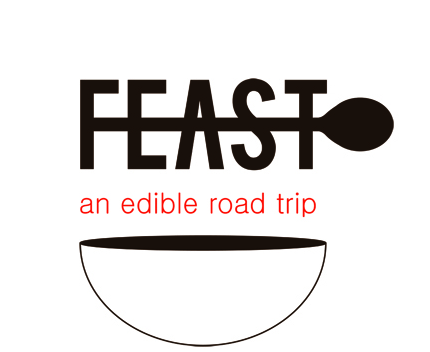Hello New Brunswick!
I have a certain fondness for New Brunswick. It’s where I did my degree, and it’s the place I have visited most in my life, both before and after I finished school. Each time I return to the province, I find myself refreshed. I guess you could say it’s my happy place.
Being from Southwestern Ontario, moving to the Maritimes was my first introduction to less populated areas, and a more relaxed pace of living.
I love the vast expanses of untouched land, including crowd-less beaches and rocky forests.
The Bay of Fundy experiences some of the highest tidal changes in the world, antique shops are cheap and plentiful, and it’s ever so friendly. Even if it just looks like you’re thinking of crossing the street, cars will stop for you. Guaranteed.
New Brunswick is a place rich with culture and tradition. It is the only officially bilingual province in Canada, and it has a strong Acadian cultural presence.
Acadians are the descendants of the 17th century French colonists, and Acadia was originally the area that covered the modern day maritime provinces, as well as parts of Quebec and Maine. While Quebec and New Brunswick both have large francophone populations, Acadia and New France (modern day Quebec) were organized and governed separately, resulting in two distinct cultures and histories. Under British rule, the territory was divided into the provincial boundaries we have today.
Our first introduction to the food of New Brunswick was in Edmundston, an area south of the Quebec border that’s home to a large population of Brayon French people, or Les Brayon(ne)s, a group distinct from both Acadia and Quebec. The Brayons originated from the Pays de Brays region in Normandy, and still share many cultural similarities with the region.
Perhaps the most notable culinary relic of Brayon is the ‘ploye,’ similar to a pancake but made with buckwheat flour and only cooked on one side. Various recipes have been passed down through generations, but they are usually characterized by a naturally occurring yellow (and even sometimes orange) hue, and a bubbly surface. They are served warm with butter, baked beans, molasses, sugar, syrup, or cretons, a traditional meat spread similar to French rillettes or pate. Ployes are served up at several restaurants in Edmundston, as well as during Foire Brayonne, an annual Brayon cultural festival that celebrates the traditional food, music, and culture of the Brayon people. We ordered ployes at Frank’s Bar & Grill in Edmundston, and enjoyed them with just butter. They were simple, and wonderful.
Ployes are just one of many great things about visiting or living in New Brunswick. Stay tuned for an exploration of FEAST’s first maritime province, which, lucky us, we caught dressed in Autumn colours!
-DV






